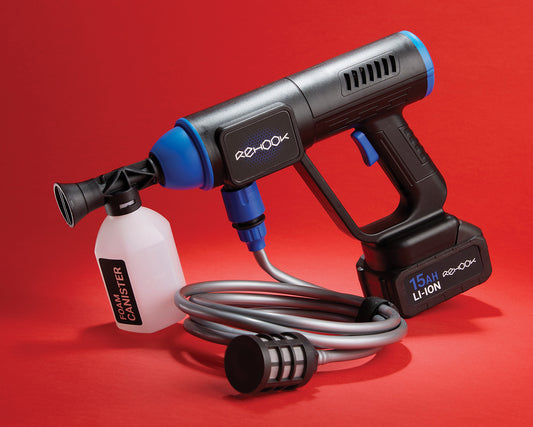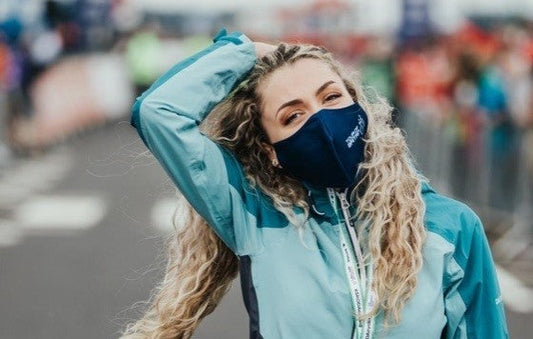Choosing a bike for your child is a delightful yet sometimes challenging task. With a myriad of options available, ensuring you pick a safe, appropriate, and long-lasting bicycle becomes crucial. In this guide, we'll delve deep into essential considerations when buying a bike, setting your budget, determining the ideal size, and venturing into the world of second-hand online marketplaces.
What to Look for When Buying a Child's Bike
The right size is paramount. Make sure your child can comfortably touch the ground with their toes when seated on the bike and should maintain a slight bend in the elbow when gripping the handlebars. A lightweight bike can be a game-changer, especially for younger kids. It's advisable to select a bike that weighs no more than 30% of your child's body weight, making it easier for them to handle.
Safety cannot be compromised. Key safety features to look out for include reflectors, bells, and chain guards. If the bike lacks these, consider adding them post-purchase. An often-overlooked feature is adjustability. As children grow rapidly, bikes with adjustable saddles and handlebars can ensure the bicycle grows with them.
The type of brakes on the bike can also impact your child's riding experience. While younger children might find coaster brakes (activated by pedalling backward) more intuitive, older children could benefit from hand brakes, given they can grasp and use them effectively. Additionally, the terrain and your child's expertise can dictate the need for gears. While single-speed bikes are often sufficient for young riders, varied terrains and advanced riding skills might necessitate multiple gears.
Lastly, consider the tyres. Thicker tyres tend to offer more stability, making them a good choice for beginners. However, it's essential to match the tyre type with the terrain where the bike will primarily be ridden.
How Much Should You Spend?
Budgeting is a personal aspect of the buying process. Entry-level bikes, often suitable for the youngest riders, generally range from £40 to £120 and can be found in large chain stores. Mid-range bikes strike a balance between cost and quality, typically setting you back between £120 to £300. For those looking for advanced features or if biking is a regular activity for the child, high-end bikes, starting from £300, might be the way to go. However, remember that a steeper price doesn't always guarantee a superior bike.
Finding the Right Size Bike for Your Child
Bike sizing is crucial for safety and comfort. Rather than relying solely on age-based recommendations, it's more accurate to base the bike size on your child's height. Wheel diameter often determines children's bike sizes. For reference, 12-inch wheels are suitable for kids around 85cm to 100cm tall, 14-inch wheels cater to those approximately 90cm to 105cm tall, and the trend continues with 16-inch wheels for 105cm to 115cm, 20-inch for 115cm to 130cm, and 24-inch wheels for kids approximately 130cm to 145cm in height.
Nothing beats a physical trial. If you have the chance, let your child test ride the bike to ensure it's the right fit. And if you're ever in doubt or feel overwhelmed, seeking guidance from a local bike shop can be invaluable.
Tips for Buying Second-Hand Bikes from Online Marketplaces
Purchasing second-hand can be a savvy way to save some money, but it requires a vigilant approach. Always research the seller, particularly if the online platform offers reviews or feedback features. Clear, detailed pictures can provide insights into the bike's condition, and if they're not already provided, don't hesitate to ask the seller.
One often overlooked detail is the wheel size, which sellers sometimes omit in their listings. However, if you inspect the bike tyre's sidewall in the photos closely, it often displays the size, helping you determine the bike's suitability for your child. Always be proactive in asking questions. Dive into the bike's history, any modifications it might have undergone, and the reasons behind the sale.
While some wear and tear on a second-hand bike are to be expected, be wary of significant rust, frayed cables, or any other signs that might compromise the bike's safety or functionality. Another factor to consider is the potential cost of repairs or replacements. Even if the bike's initial price seems like a steal, necessary fixes can add up.
Safety first: if you decide to meet the seller, always opt for public places and consider taking someone along. And, of course, if you get the chance, a test ride by your child can provide a wealth of information. Lastly, while negotiation is part and parcel of the second-hand marketplace, always approach the process with respect and understanding.
Conclusion
Choosing the perfect bike for your child is a blend of research, intuition, and attention to detail. While the journey might seem extensive, the joy and memories created from countless bike rides make every step worth it. Here's to safe and enjoyable rides ahead!











